|
Travel today is very different. Technology has advanced so much that it is rare to see paper maps in the car now unless you are on The Amazing Race! I'm sure some of you remember hauling out a folded up map or a booklet of travel maps when taking a trip. You usually had to plot your trip at home so that you could find your way when driving or you needed a navigator to help you get to where you were going. Let's check out some different activities and resources that focus on mapping skills using technology. Google Earth ExplorationUsing the app Google Earth, start by checking out different places in the community. Kids love to see their homes on the screen. It can be fun to see how things have changed if the images are older and the houses have been renovated or painted. Once you have checked out areas in the community, expand the exploration to other parts of the country and the world. This is a great activity to tie in with a social studies project like my Flat Family Project where the flat families are sent around the world to other relatives. Plan A Geocaching AdventureGeocaching is popular around the world. It is really a high tech treasure hunt. Sometimes there are small trinkets to trade, but the excitement is really in finding the small cache (sometimes it is very small and called a nano). Kids love to go treasure hunting, so this is a great way to introduce them to the gps devices and how they work. Organize a mini-geocaching activity on the school grounds or in a nearby area. This will require students to follow GPS coordinates and maps to find hidden caches. I did this with my class and then we actually planted a cache for others to find. It was exciting to see the messages when people found it. Unfortunately, it isn't there anymore as someone took it away, but it was fun while it lasted. Virtual Map ExplorationUtilize interactive online mapping tools or apps that allow children to explore maps virtually. These tools can make map exploration engaging as well as interactive. They can zoom in and out, explore different regions, and locate famous landmarks. Encourage them to identify key features, read labels, and learn about different places. Online Map GamesIncorporate map-based games and quizzes to test and reinforce your students' knowledge. (You can always do some off-line games and quizzes too if you don't have enough devices available.) Virtual Field TripsTake your students on virtual field trips to different parts of the world. Websites and platforms offer immersive experiences that connect geography and culture. Local museums and other places may also have tours available that can be viewed online. Our museum had a walking tour of the different landmarks in town available. At each spot there were questions to answer. This was a great way to learn about the history as well as discover the locations of the the different landmarks. These are only a few of the different ways you can use technology with mapping skills. It might be fun to get your students to brainstorm more ways that technology is used and perhaps do a project or activity that shares these ideas with others. Related PostsAre you looking for innovative ways to introduce mapping skills to your young students? Mapping skills are an important tool for students to have as they navigate their way through the world. It's important to nurture these fundamental skills early on. Here are some creative ideas to make learning about maps engaging and fun in your classroom. Map PuzzlesPuzzles are a great tool for learning about geography and how to read maps. They can be used to study areas where kids live or other parts of the world. Starting with smaller areas and expanding to the world view follows a similar pattern to teaching about families, neighborhoods, cities, provinces, territories, or states, and then full countries when learning about communities. Map ArtworkEncourage artistic expression by having students create their own maps, whether it's their neighborhood, a fantasy land, or a treasure map. You could even create a map gallery or bulletin board with their maps. It might be fun to have them create some stories to go along with their maps. Map StoriesMap stories can be incorporated in a variety of ways to make mapping more meaningful. Here are a few ideas. 1. Create some stories that involve using a map or discovering a place by following directions. These can be based on actual events or fantasies. 2. Integrate storytelling with mapping. Read colorful storybooks that involve journeys and create simple story maps together. Ask your students to draw the story's path on their own maps. 3. Read books and stories that focus on communities and their development. Discuss the roles of different community members, the services they provide, and the ways in which they contribute to the well-being of the community. Encourage children to share their own stories or experiences related to their community. 4. Have students create maps of their favorite storybooks. This activity not only reinforces map skills but also connects literature and geography. Treasure HuntsAs soon as you mention a treasure hunt, some children are hooked. They are curious to find out about hidden treasure and to go on the hunt. This is a great time to incorporate mapping skills and adventure. Organize classroom treasure hunts where students use maps to locate hidden "treasures" within the school. This activity combines problem-solving with map reading. Create a treasure hunt activity outdoors where children follow a map to find hidden objects or clues. Provide a simple map with landmarks and directional instructions, and let them navigate their way to the treasure. This activity promotes map reading, following directions, and spatial awareness. Map Symbols And LegendsSome important mapping skills for young children to learn include being able to interpret symbols and legends as well as use scale and a compass rose. Activities should be created to help with developing these skills. Here are some suggestions: 1. Provide them with simple maps and legends and practice reading them together. They should learn to recognize and locate landmarks, such as buildings, parks, or bodies of water, on maps. This helps them build a mental map of their environment and develop a sense of place. They can also practice creating simple maps of their classroom, neighborhood, or a familiar route using symbols and adding in a legend. 2. Understanding the concept of scale on maps, where distances are represented proportionally is another important skill for them to learn. They need to learn to estimate distances and understand that maps are a condensed representation of a larger area. Doing activities that help them to visualize how scale works helps. For example: if they want to walk down to the corner, it is very different from walking several blocks to the store. They need to understand that on a map you can't really draw the distances as they really are and that small distances need to be very close together and longer distances need to be much further apart on the map to represent the distances in real life. Try using a tiled floor to show how this could work. The distance of one tile could be one block. If something was down at the corner, it could be one tile away. If something was 6 blocks away, it could be 6 tiles away. This could then be transferred to graph paper so that each square represents a block. Using graph paper instead of tiles helps them to see that to represent larger distances the scale needs to be smaller. 3. Following directions can be difficult at first. Learning about the compass rose and cardinal directions (north, south, east, west) and basic navigational concepts like left, right, up, and down is an important skill. Do plenty of games and activities to practice giving and following directions using maps or verbal instructions. For example, you can play "Simon Says" using directional cues like "Simon says take two steps forward" or "Simon says turn to the left." This activity reinforces cardinal directions and helps them practice spatial orientation. Map Reading Challenges: Provide children with different maps and ask them to locate specific landmarks, calculate distances, or plan routes between two points. You can also create map-based riddles or puzzles for them to solve. This activity enhances their map-reading skills, critical thinking, and problem-solving abilities. Community MapsThere are many different ways to create community maps and each of them can serve different purposes. Here are a few suggestions and how they can be used to enhance student learning. 1. Encourage students to create community maps that depict different features, landmarks, and institutions in their local area. They can identify and label places like schools, hospitals, parks, and grocery stores. Discuss the purpose of these places, their roles within the community, and how they contribute to the well-being of residents. 2. Have them create maps of different communities that include landmarks, places of interest, and community resources. Encourage them to label different locations and discuss their importance. Compare and contrast the maps to highlight the diversity and uniqueness of each community. 3. Collaboratively create a map of your school's surroundings or neighborhood. Include landmarks, parks, and other points of interest. 4. Collaborate with other classrooms or community members to create a community map. Each group can be responsible for mapping a specific area or theme. Children can work together to gather information, create maps, and present their findings to the community. This project fosters teamwork, research skills, and a sense of community engagement. These are only a few of the different ways that teaching mapping skills can be engaging and fun for kids. For some resources that may help, check out my social studies category on TPT. Next time we will look at using technology with mapping skills to enhance the learning and take it further away from home. Related PostsMapping skills are very important for navigating through the world as we know it. They provide a foundation for understanding spatial relationships, developing a sense of direction, and enhancing critical thinking abilities. Let's look a little closer at some reasons mapping skills are important for young children to learn. 1. Spatial Awareness: Mapping skills help children develop a sense of space and their position within it. They learn to understand distances, sizes, and locations of objects in relation to themselves and other landmarks. This spatial awareness is crucial for tasks such as navigating their environment, following directions, and understanding maps or diagrams. 2. Critical Thinking: Learning mapping skills involves analyzing, interpreting, and synthesizing information. Children learn to observe details, identify patterns, and make connections between different elements. They develop critical thinking skills as they solve problems, plan routes, and make decisions based on visual information. 3. Communication and Language Development: Maps are a form of visual communication. By learning to read and interpret maps, children enhance their communication and language skills. They learn to understand and use symbols, legends, and keys to convey information. They also develop vocabulary related to directions, landmarks, and spatial concepts. Not only does teaching mapping skills promote these qualities, they also prepare children for other aspects of life. It is important to provide as many opportunities to develop these skills as possible to equip them for life experiences. Here are some mapping skills that are important for young children to learn. Children should learn how to read basic maps, including understanding symbols, legends, and scales. They can also practice creating simple maps of their classroom, neighborhood, or a familiar route. They should also learn cardinal directions (north, south, east, west) and basic navigational concepts like left, right, up, and down. They can practice giving and following directions using maps or verbal instructions. Identifying landmarks around them is an important skill that helps them to recognize and locate landmarks, such as buildings, parks, or bodies of water, on maps. This helps them build a mental map of their environment and develop a sense of place. The concept of scale and proportion are also key for reading maps, where distances are represented proportionally. They can learn to estimate distances and understand that maps are a condensed representation of a larger area. The goal is for chilidren to be able to transfer their map skills to real-world scenarios. For example, they can use maps to plan a route for a field trip, find their way in a new park, or locate specific areas in their community. Mapping skills empower children to navigate their surroundings independently. By understanding maps, they can find their way, plan routes, and locate places of interest. This fosters self-reliance, confidence, and a sense of agency in exploring their environment. This booklet is a great introduction to map skills for young children. Next time I will share some different activities that can help with engaging kids by teaching these important mapping skills. Related PostsNumbers are all around us, and they play a big part in our lives. Many people might think that math is just something they are required to learn in school, but understanding numbers, also known as "number sense," is super important in real life too! It helps with everyday problem solving and making smart choices. Understanding numbers is a confidence booster and something of a super power that helps us in the real world. Teaching kids number sense is necessary to help them function successfully in real life. Here are some examples that may help your students understand why they are learning about numbers. Imagine you're at a store, and you want to buy a toy. You need to know how much it costs and how much money you have. That's where number sense comes in. It helps you figure out if you have enough money to buy that awesome game or if you need to save a little more. Number sense makes everyday problem-solving easier! It also helps with making smart choices. Let's say you're planning a birthday party, and you need to know how many cupcakes to bake or how many friends to invite. Number sense helps you make those decisions, so your party turns out just right. When you understand numbers, you feel more confident in everything you do with math. Whether it's doing homework, playing math games, or even just counting your candy, number sense gives you the power to tackle math challenges with a big smile. Think of number sense as a real-life superpower. It helps you understand money, time, and measurements. You'll use it daily, whether you're budgeting your money, planning a trip, or even cooking your favorite meal. Think about how math sometimes feels like a tricky puzzle. Students often seemed overwhelmed and confused as they try to figure out the puzzle. Well, number sense is like having a magic key to unlock those puzzles. It helps them add, subtract, multiply, and divide numbers like a pro. When math is easy, it's more fun! Here are some ways to teach math in the classroom so students are more engaged and able to understand how it works. Teaching Number Sense in the Classroom1. Math Adventures and Hands-on Learning: Start with everyday stuff. Let students count and group toys, buttons, or snacks. Count books, pencils, or even footsteps. Ask questions like, "Can you find seven red buttons?" or "How many pencils do we have?" or "How many paper clips do you have?" This makes math real and relatable. 2. Games are a game-changer in the classroom. Try "I Spy" with numbers, "Math Bingo", "Number Twister" ,"Number Bingo," "Math Memory," or "Guess the Missing Number." These games make learning feel like play and add in math skills while having fun. 3. Story Telling Math: Create math stories or scenarios. Imagine going on a treasure hunt, where students need to count their steps to find the hidden treasure. It's math with a story twist! 4. Math Puzzles and Riddles: Challenge young minds with math puzzles and riddles. These are like brain workouts that make kids smarter while having fun. They boost problem-solving skills and number sense. 5. Real-Life Math: Show them that math is everywhere. Involve them in cooking (measuring ingredients), shopping (calculating change), or planning (measuring distances on a map). Ideas for Parents to Nurture Number Sense at Home1. Math Conversations: Engage your child in casual conversations about numbers and math concepts. Ask open-ended questions like, "How many ways can we make 10 using addition?" 2. Math Books: Read math-themed books together. Many children's books incorporate math concepts in a story format, making learning more enjoyable. Reading together not only bonds you but also makes math part of your child's bedtime routine. 3. Math Art Projects: Create art using math. For instance, make symmetrical drawings, geometric shapes, or patterns. It helps with pattern recognition and can be a fun way to express math. 4. Math Apps and Websites: Explore kid-friendly math apps and websites. There are plenty of interactive games that make learning math feel like play. 5. Family Math Challenges: Set up friendly math challenges or competitions within the family. For example: Who can count the most objects in a minute? This can motivate kids to apply their number sense skills in a fun way. 6. Math Treasure Hunt: Create your own math treasure hunt at home. Write clues that involve counting, adding, or subtracting. Your child will be the Sherlock Holmes of math! 7. Math Around the House: Integrate math into daily life. Measuring ingredients while cooking or estimating how many socks are in the laundry basket are perfect opportunities. 8. Math Exploration: Encourage exploration by providing materials like measuring tapes, rulers, and scales. Let your child measure objects around the house. As primary school teachers, we have the power to make math come alive for our students. By teaching number sense in an engaging way and offering parents practical ways to reinforce it at home, we're setting the stage for a lifetime of math success. Remember, math is not just about numbers; it's about exploration, discovery, and making sense of the world. Let's work together to make math a joyful journey for our students, both in the classroom and at home! If you are looking for resources that will help with number sense and other math concepts, check out my math activities category for a variety of different options.
Have fun with math and watch your students flourish as they gain more understanding of numbers and how they work. Numbers are all around us, and they play a big part in our lives. You might think that math is just something you learn in school, but understanding numbers, also known as "number sense," is super important in real life too! Teaching our children to understand numbers helps them develop a strong and intuitive grasp of math concepts. So, let's explore what number sense is and how we can make math exciting in the classroom. What is number sense?Number sense is like having a superpower for numbers. It's not just about memorizing math facts but truly understanding how numbers work together. It covers counting, number relationships, estimation, identifying patterns, and understanding place value. It provides the tools to be able to handle every day situations that involve math confidently and comfortably. Let's take a closer look at some of the concepts it covers and how we can help kids understand the concepts. Counting skillsChildren need to learn to count fluently, not by rote, but with an understanding of each number being a quantity. When they count objects, each number relates to an object being counted. Touching objects as they count them will help with this correlation. It is important to practice counting objects until they are able to correctly count them every time. Do hands on activities so the math is tangible. Start with real-life objects. Let students count and group toys, buttons, or snacks. Count books, pencils, or even footsteps. Ask questions like, "Can you find five red objects?" or "How many shoes do we have?" This makes numbers real and relatable. Number relationshipsIt is important for kids to see how numbers relate to one another. For example: 6 is one more than 5 or two less than 8. These relationships will help them understand the basic operations of addition and subtraction and later on multiplication and division. Math vocabulary for these relationships in also important. Terms like: more than, less than, equal to, and greater than are only a few examples that can be taught to help them understand these relationships. Play games that involve looking for clues that use some addition and subtraction to solve them. Practice making groups that show the relationships between numbers. Play "Guess the missing number" by answering yes or no questions. EstimationIt is not always possible to count everything, so it is important to make educated guesses for quantities. For example: How many candies are in the jar? Children often have little idea about how to estimate and the responses are way off. It will take practice estimating and then counting for them to understand how to get closer in their approximations. Turn estimation activities into challenges. Who can get the closest number? Can they get it without going over? Practice using small amounts at first and gradually increase the number of objects being estimated as the results get closer. Identifying patternsGet kids to recognize patterns in numbers, like even numbers (2, 4, 6) or the way odd numbers always end in 1, 3, 5, 7, or 9. Try skip counting games and look for patterns when counting. For example: when counting by 5 all numbers end in 5 or 0. Reading books about math patterns is also fun to do and helps kids understand the patterns better. For example: Even Steven and Odd Todd shows the relationship between even and odd numbers. Amanda Bean's Amazing Dream shows how multiplication is just a faster way of adding. There are many books that show math patterns and relationships. Find some that fit with the concepts that you are teaching to help enrich your students' understanding. Understanding place valueIt is important that students understand what the relationship is between multiple numbers grouped together and their placement or order. For example: 4 in 42 means forty, and 2 means two). We refer to these as digits that represent different values. Play games that encourage kids to identify the mystery digit or build a number with the place values given. Check out this blog post for more about place value and some activities and resources that might interest you. Connecting number sense to the real worldNumber sense is not just for math classes. It is a necessary skill for navigating in the real world. The more we focus on how it is used in practical settings, the more our students will see its purpose and begin to use it more confidently. Being able to understand number sense and use it effectively will help with handling money, time, and measurements. It will also be used in many different settings, whether budgeting an allowance, planning a trip, or even cooking a favorite meal. Remember, math is not just about numbers; it's about exploring, discovering, and making sense of the world around us. Next time I will share ideas and activities that can bring number sense into everyday activities, and how we can encourage activities at home to help our students develop a solid understanding of how to use their number sense skills in their world. Related Posts |
About Me Charlene Sequeira
I am a wife, mother of 4, grandmother of 9, and a retired primary and music teacher. I love working with kids and continue to volunteer at school and teach ukulele. Categories
All
|
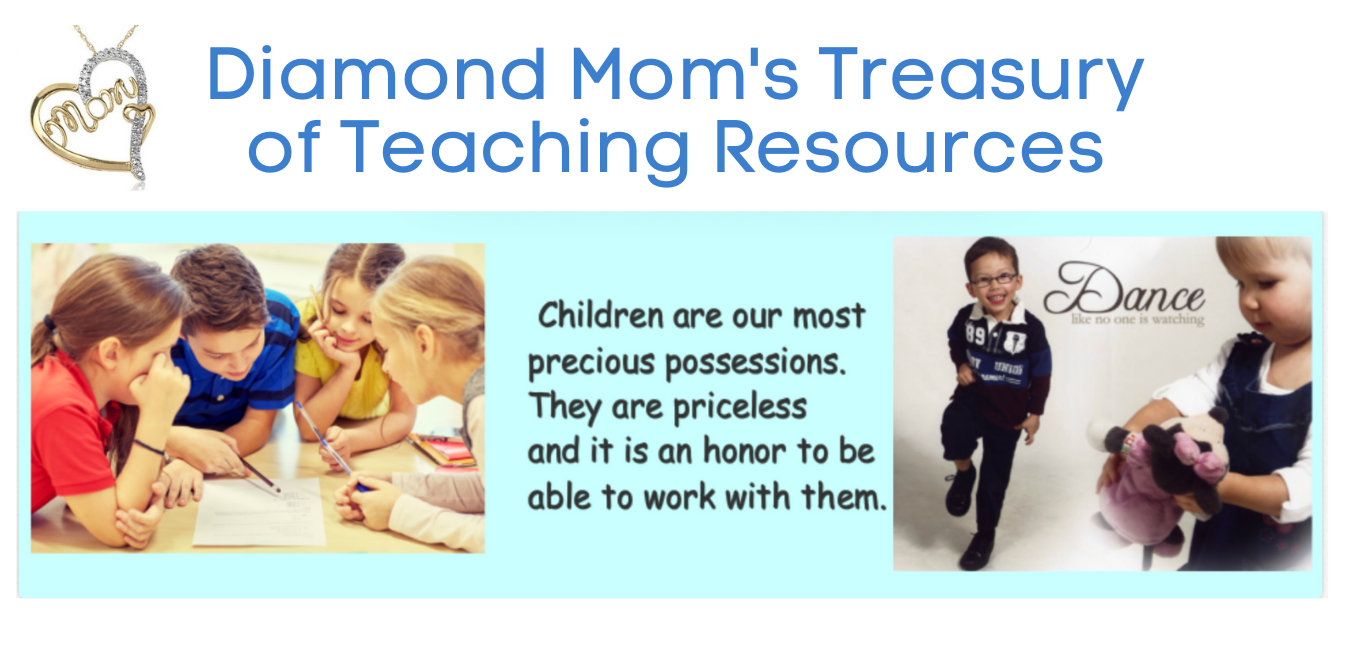
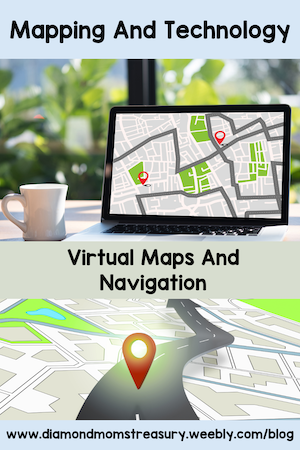
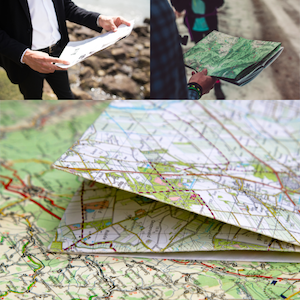
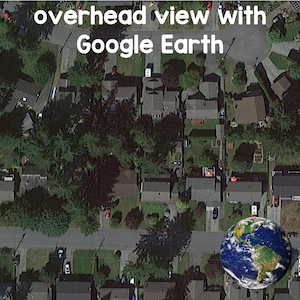
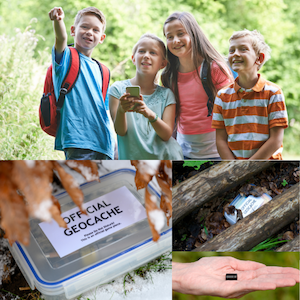
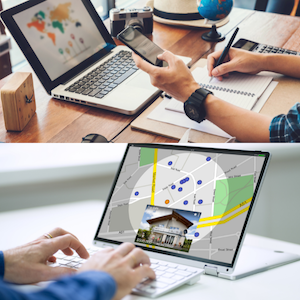
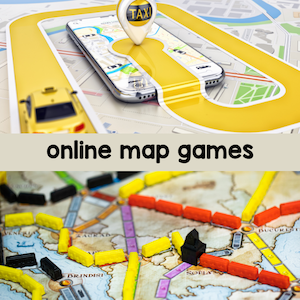
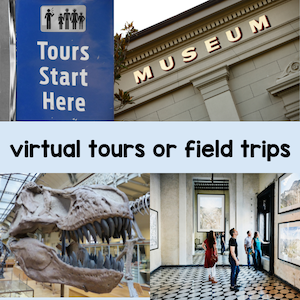
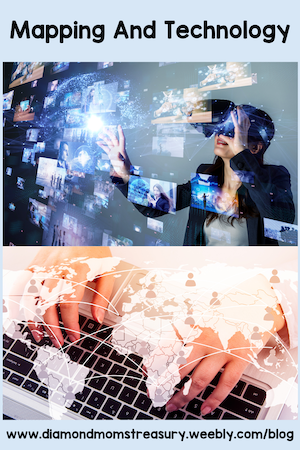

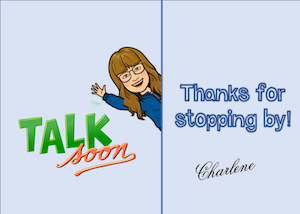
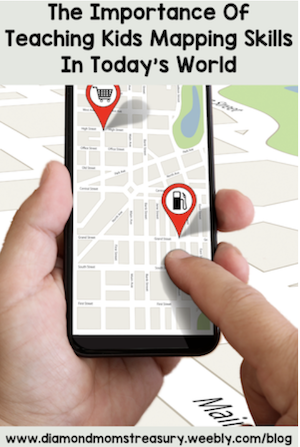
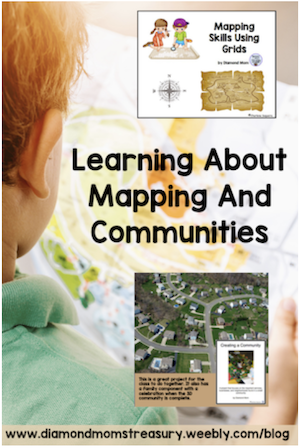
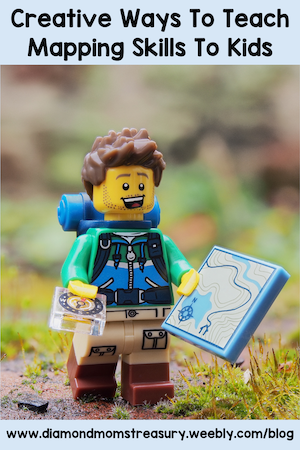
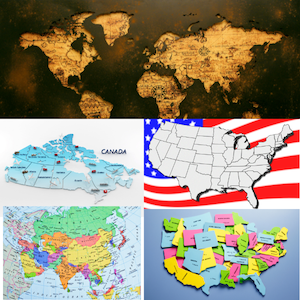
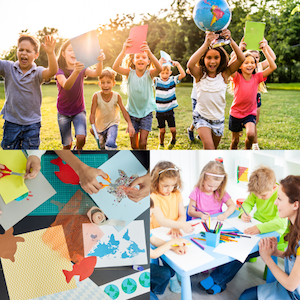
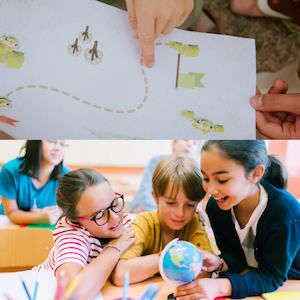
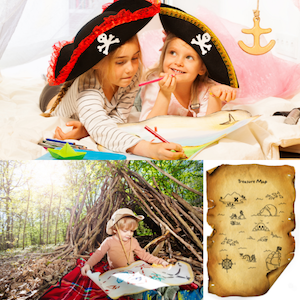
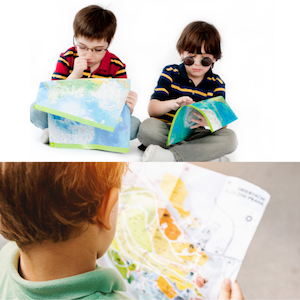
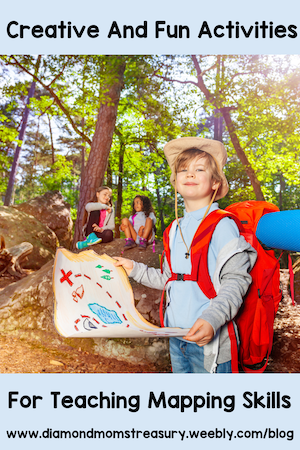
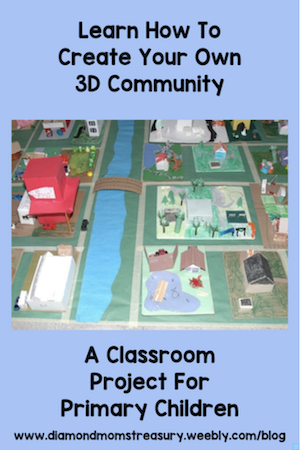
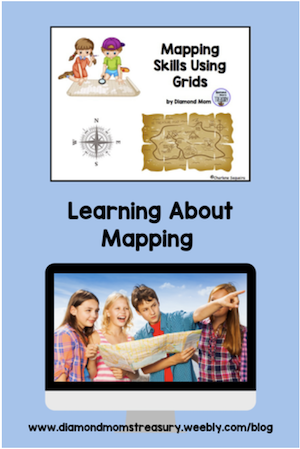
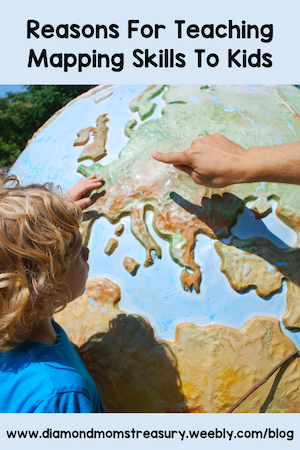
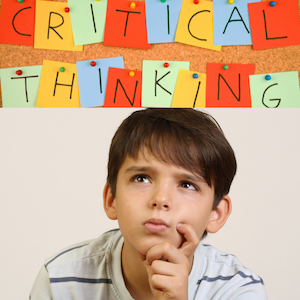
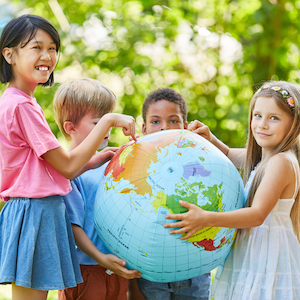
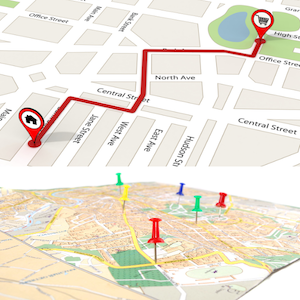
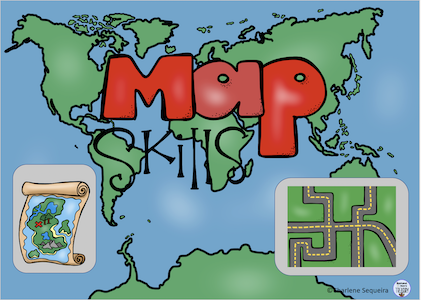
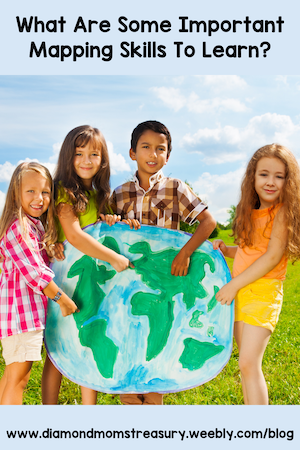
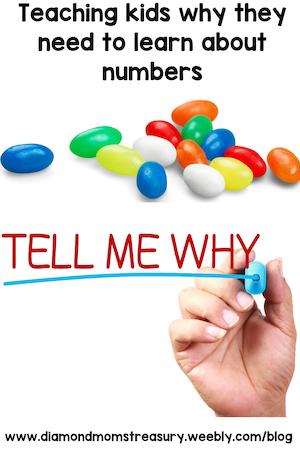
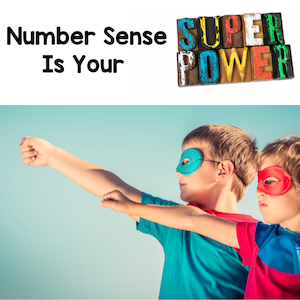
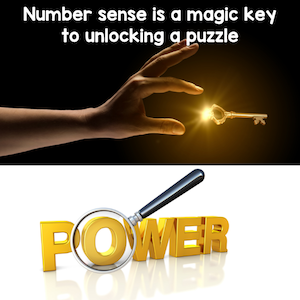
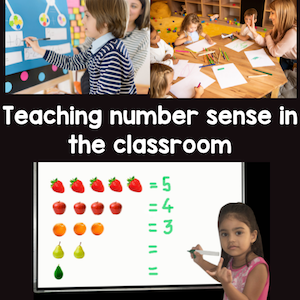
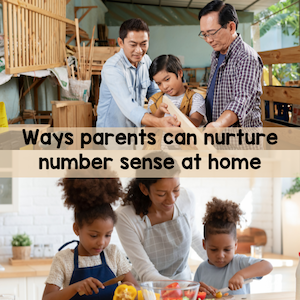
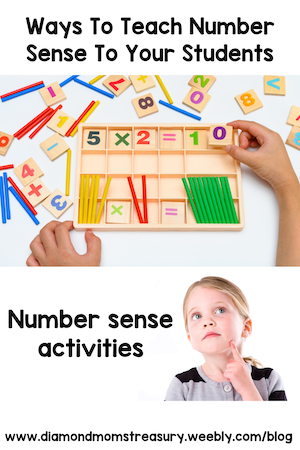
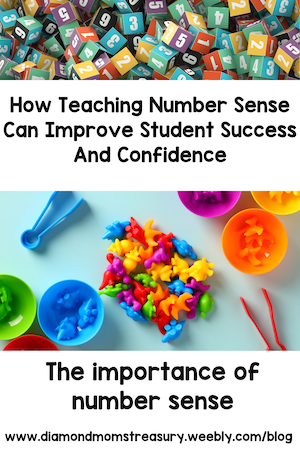
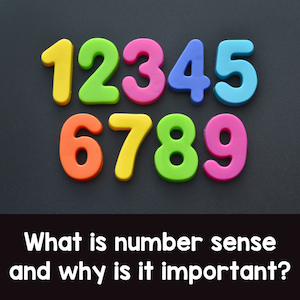
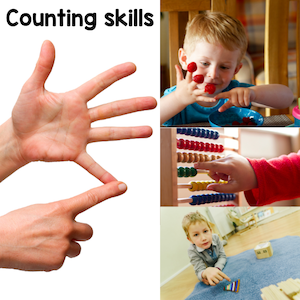
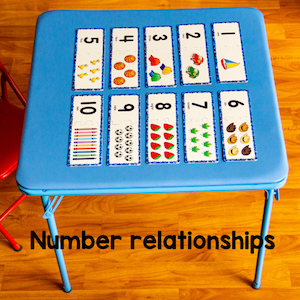
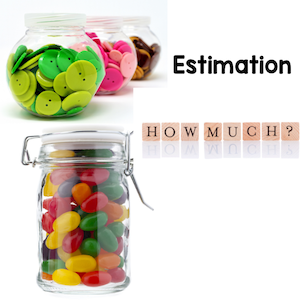
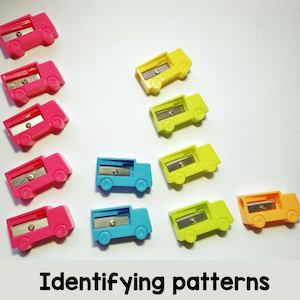
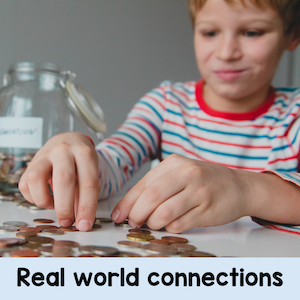
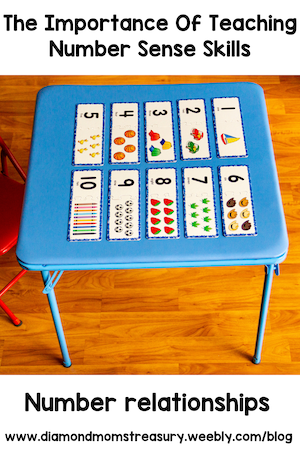
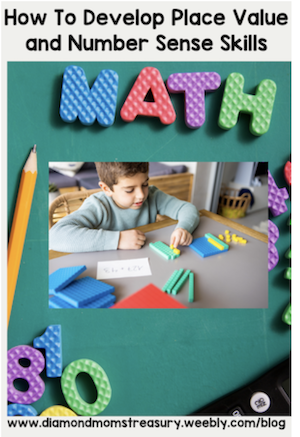
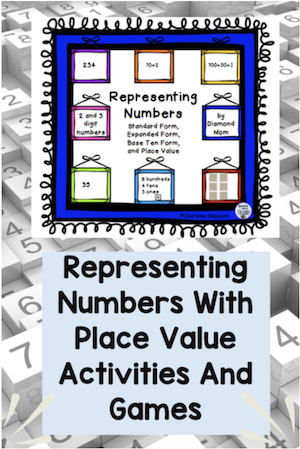
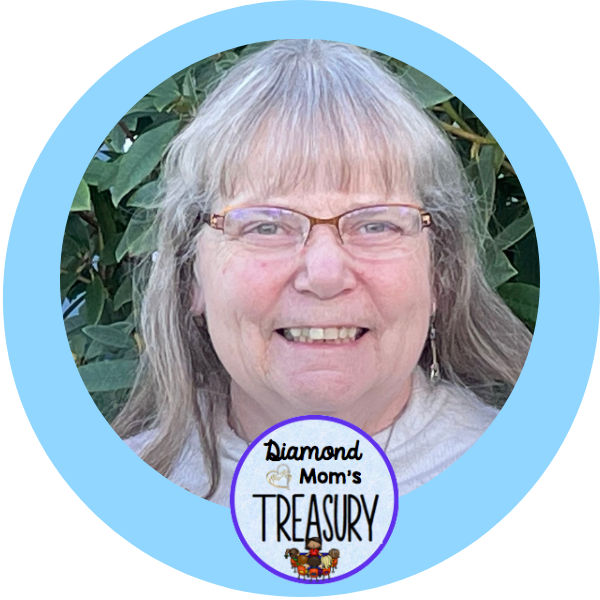


 RSS Feed
RSS Feed